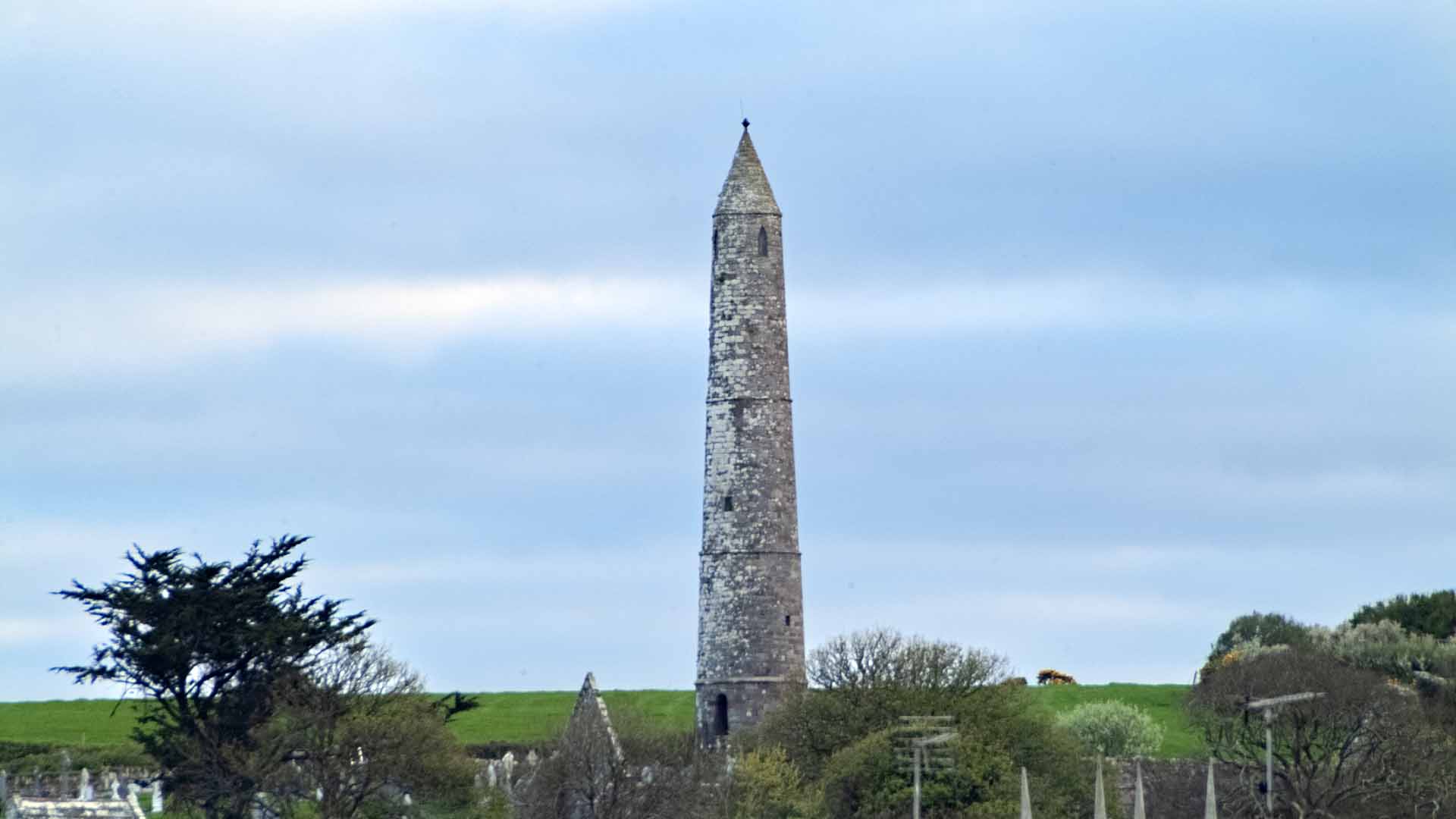Ardmore Cliff Walk
Text from local info board
Ardmore Cliff Walk
The Round Tower
The Round Tower
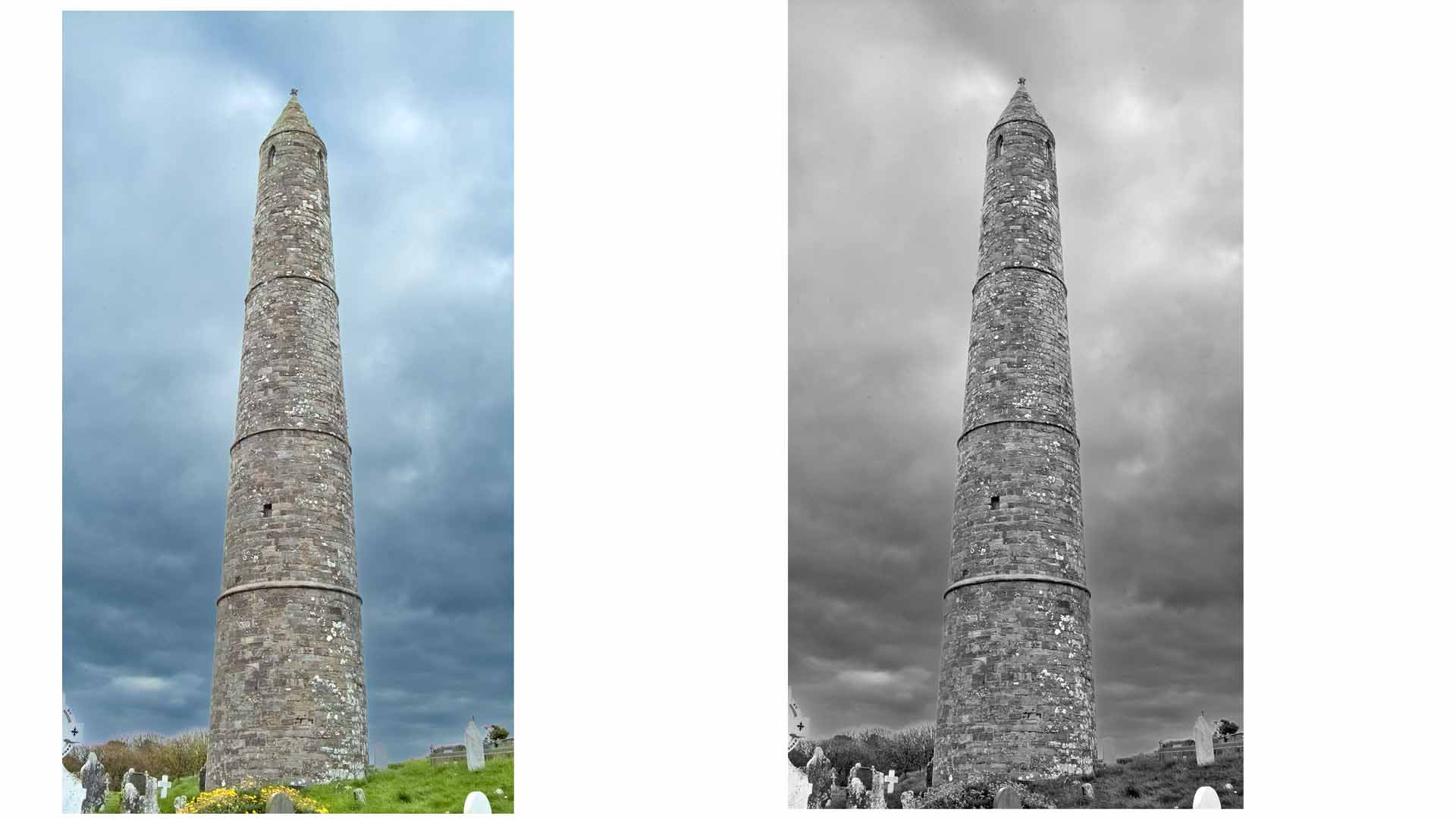
Ardmore Round Tower, built in the 12th century, is one of the best-preserved examples in Ireland. It tapers to a height of 30m. The entrance doorway is 4m above ground level.
Ardmore Round Tower, built in the 12th century, is one of the best-preserved examples in Ireland. It tapers to a height of 30m. The entrance doorway is 4m above ground level.
Round Towers were built by the monks of early Irish monasteries as places of refuge in case the monastery was attacked. If the monks suspected that the monastery was in danger, they would move all their valuable books and treasures into the tower and pull up the wooden ladder with the Viking raids in the 9th century, monks were often in as much danger from native Irish chieftains.
Round Towers were built by the monks of early Irish monasteries as places of refuge in case the monastery was attacked. If the monks suspected that the monastery was in danger, they would move all their valuable books and treasures into the tower and pull up the wooden ladder with the Viking raids in the 9th century, monks were often in as much danger from native Irish chieftains.
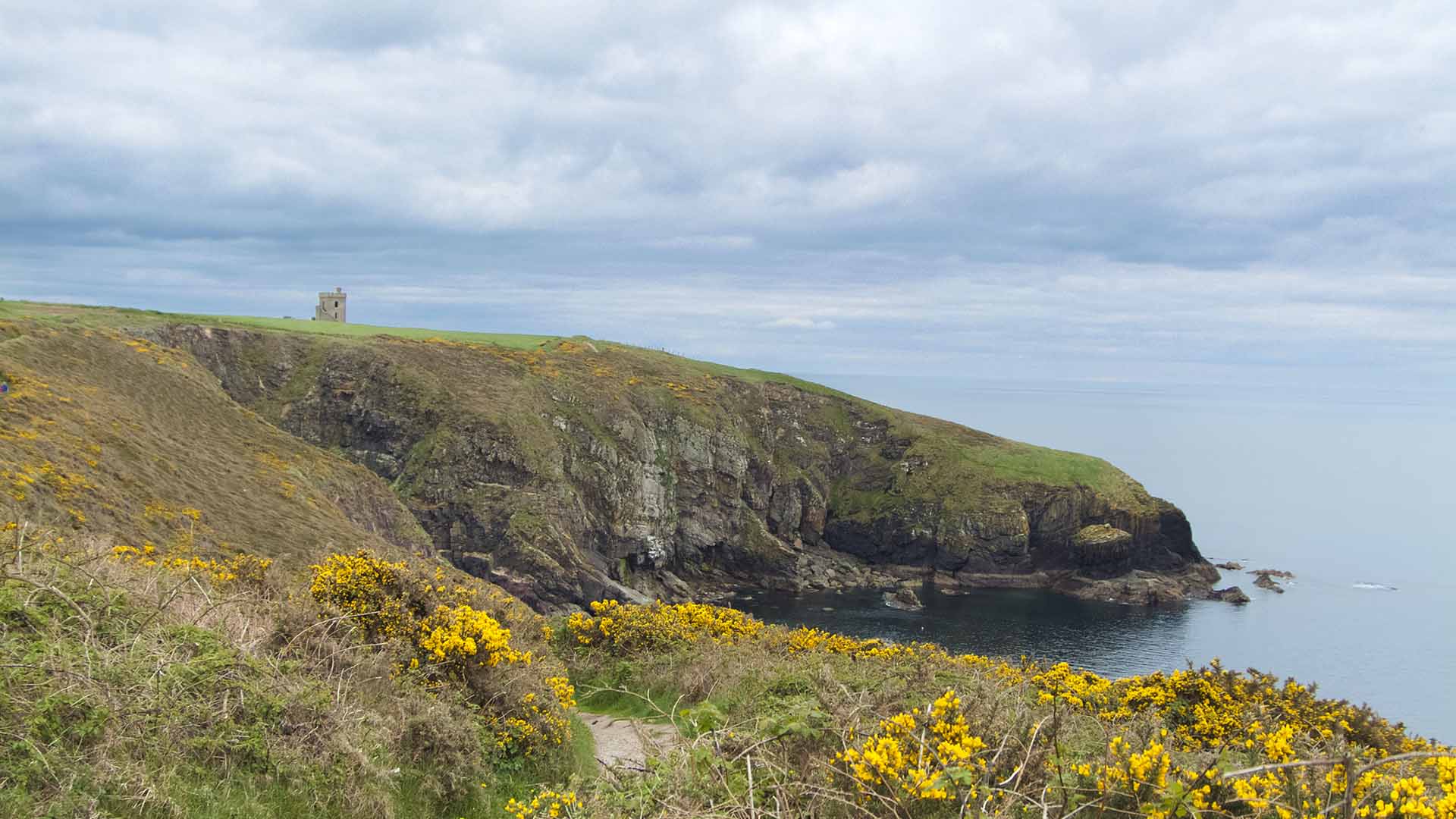
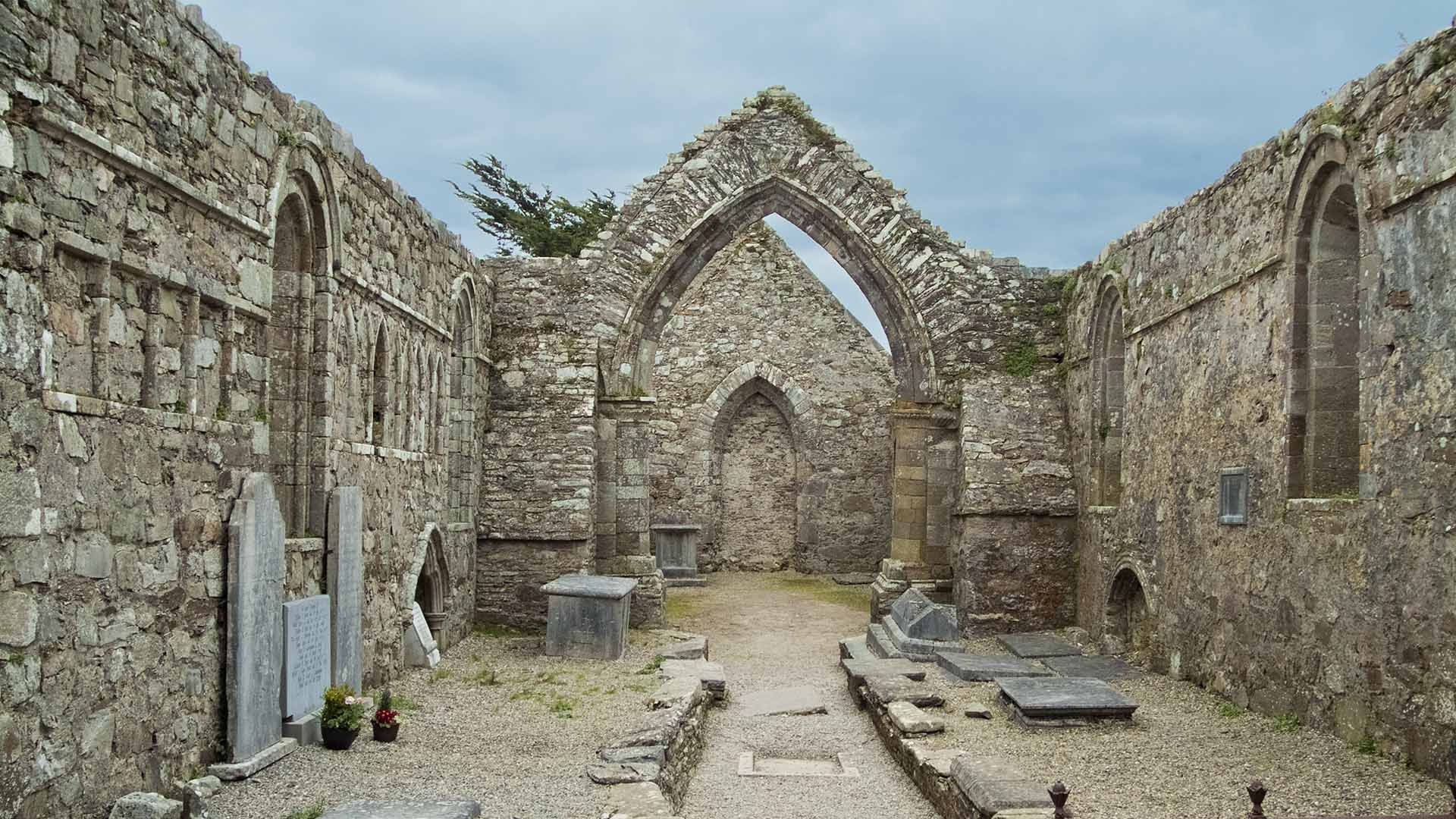
Ardmore Cathedral is located on the site of St. Declan’s monastery and was formally recognised as a Cathedral in 1170. A recorded monument, it was first constructed by Meolettrim Ó Duibh-rathra sometime before his death in 1203. It has undergone several phases of construction over the centuries and the present building is of various periods and styles.
Ardmore Cathedral is located on the site of St. Declan’s monastery and was formally recognised as a Cathedral in 1170. A recorded monument, it was first constructed by Meolettrim Ó Duibh-rathra sometime before his death in 1203. It has undergone several phases of construction over the centuries and the present building is of various periods and styles.
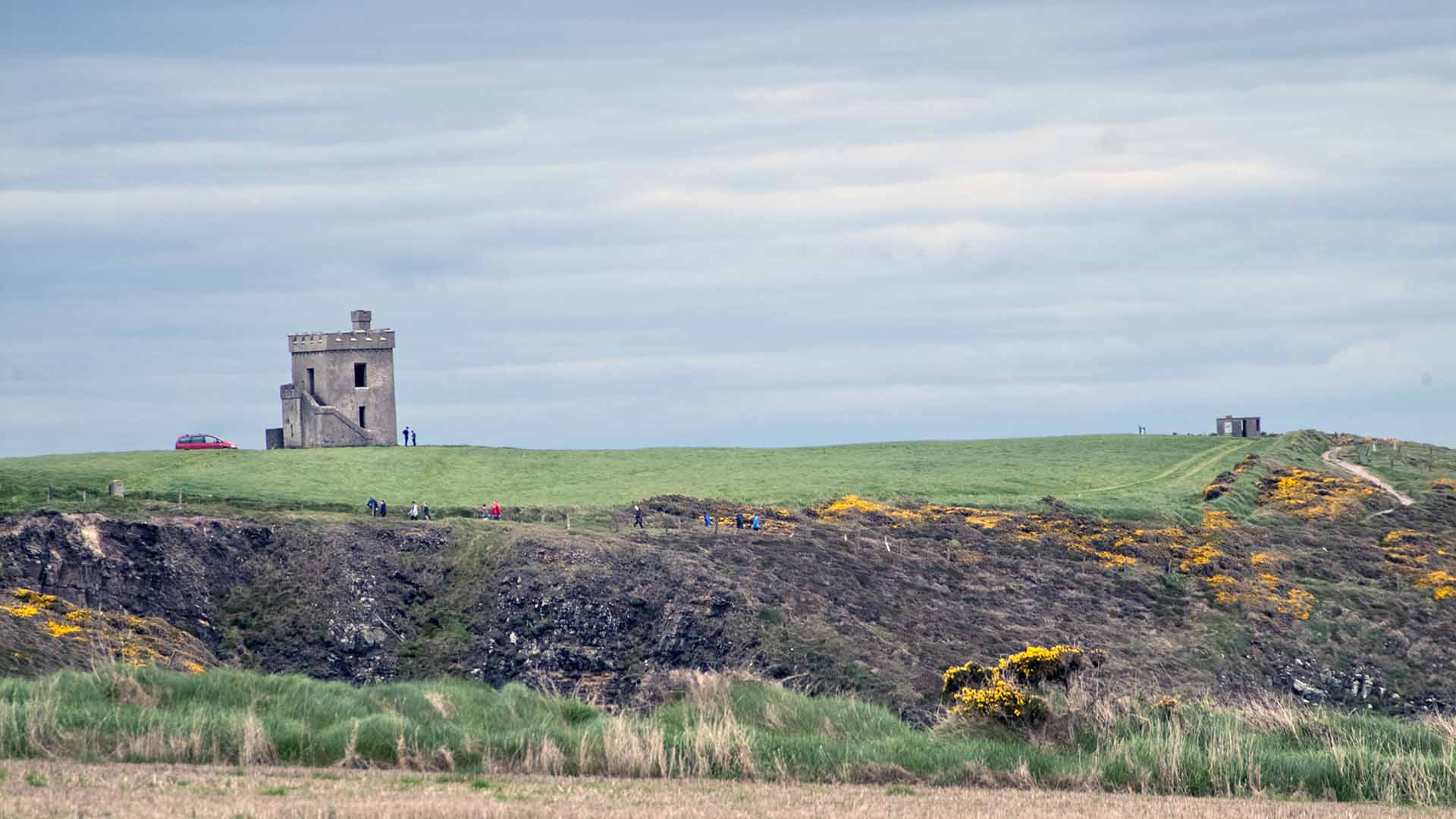
The chancel is the oldest part of the cathedral dating from the 9th century, with the nave being late 12th-century work. Further works on the south wall and the east gable are from the 14th century. The most unusual feature is the arcade-a series of sculptures on the outside of the west wall telling stories from the bible. Many of the upper panels are worn, but you can just make out the Archangel Michael weighing the souls. Including in the lower panels are Adam and Eve, the Adoration of the Magi, and the Judgement of Solomon.
The chancel is the oldest part of the cathedral dating from the 9th century, with the nave being late 12th-century work. Further works on the south wall and the east gable are from the 14th century. The most unusual feature is the arcade-a series of sculptures on the outside of the west wall telling stories from the bible. Many of the upper panels are worn, but you can just make out the Archangel Michael weighing the souls. Including in the lower panels are Adam and Eve, the Adoration of the Magi, and the Judgement of Solomon.
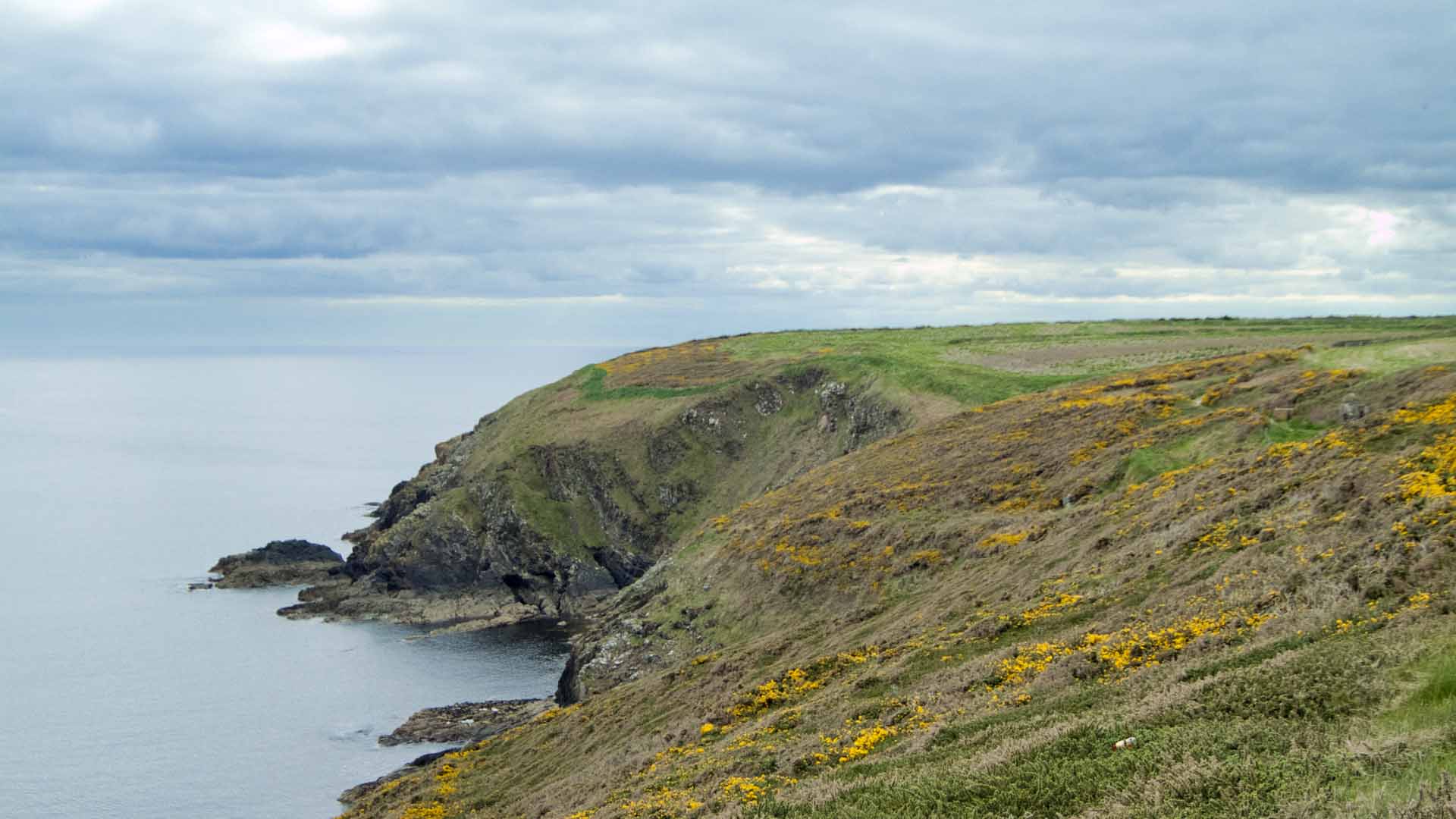
Within the Cathedral are 8 medieval grave slabs, 3 of which are cross inscribed and one with a flour-de-lis design, and two Ogham stones which were relocated from areas within the enclosure.
Within the Cathedral are 8 medieval grave slabs, 3 of which are cross inscribed and one with a flour-de-lis design, and two Ogham stones which were relocated from areas within the enclosure.
Fr.O’ Donnell’s well
Fr.O’ Donnell’s well
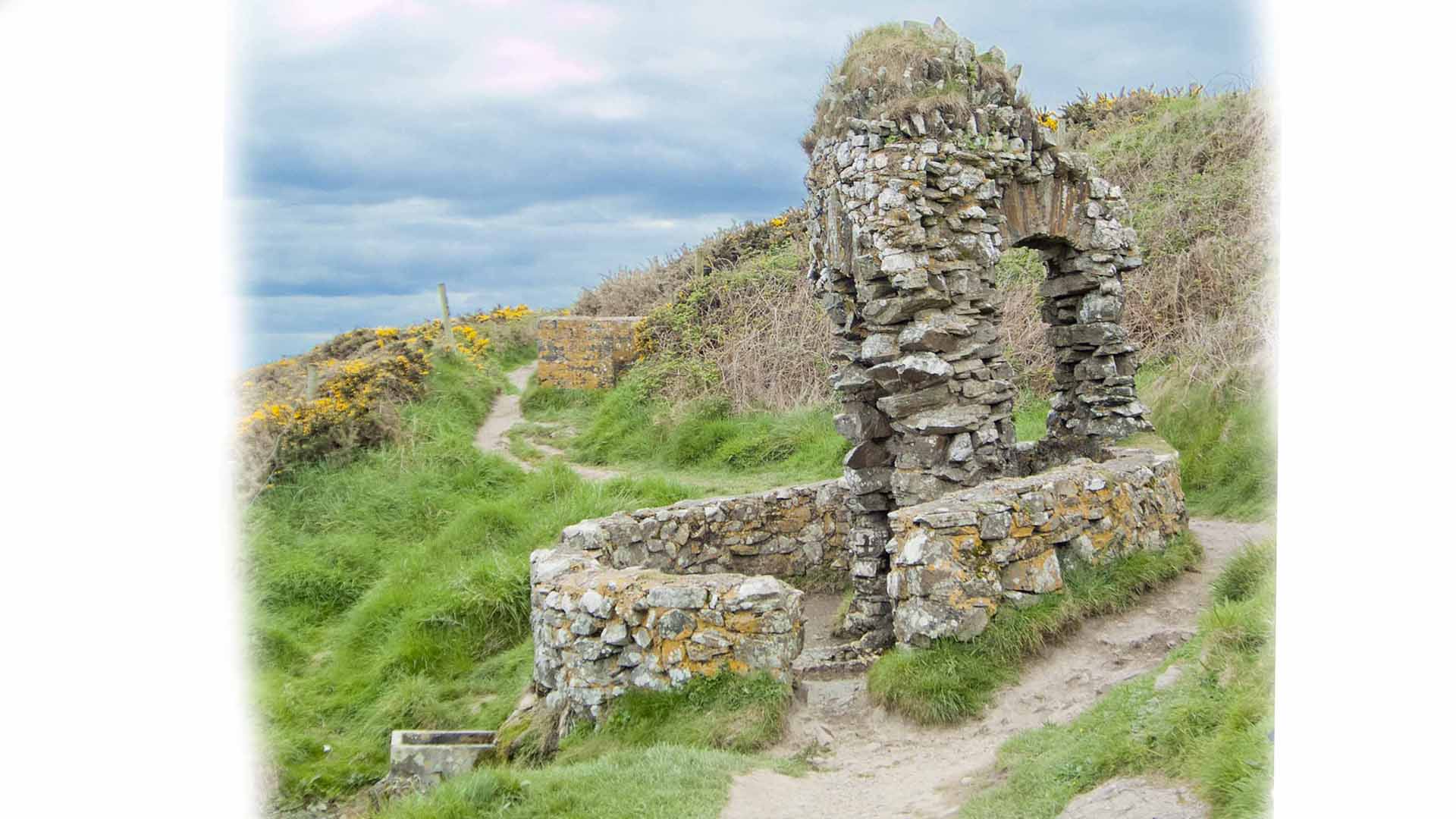
This structure was built by locals around 1928 and named after a Fr.O’Donnell, who used to come and read his office in this tranquil spot. On the cliffs below is the wreck of the crane ship the Samson, which was blown ashore in 1987.
This structure was built by locals around 1928 and named after a Fr.O’Donnell, who used to come and read his office in this tranquil spot. On the cliffs below is the wreck of the crane ship the Samson, which was blown ashore in 1987.
The Watchtower
The Watchtower

The Coastguard Station
The Coastguard Station
This building was constructed on the Odell Estate for the coast guards in 1867. It was the second coast-guard station in Ardmore, the first one at the Ardmore end of the strand became a victim of coastal erosion. It was taken over by the republicans on independence and subsequently burnt down and is now a private residence.
This building was constructed on the Odell Estate for the coast guards in 1867. It was the second coast-guard station in Ardmore, the first one at the Ardmore end of the strand became a victim of coastal erosion. It was taken over by the republicans on independence and subsequently burnt down and is now a private residence.
The Lookout Post
The Lookout Post
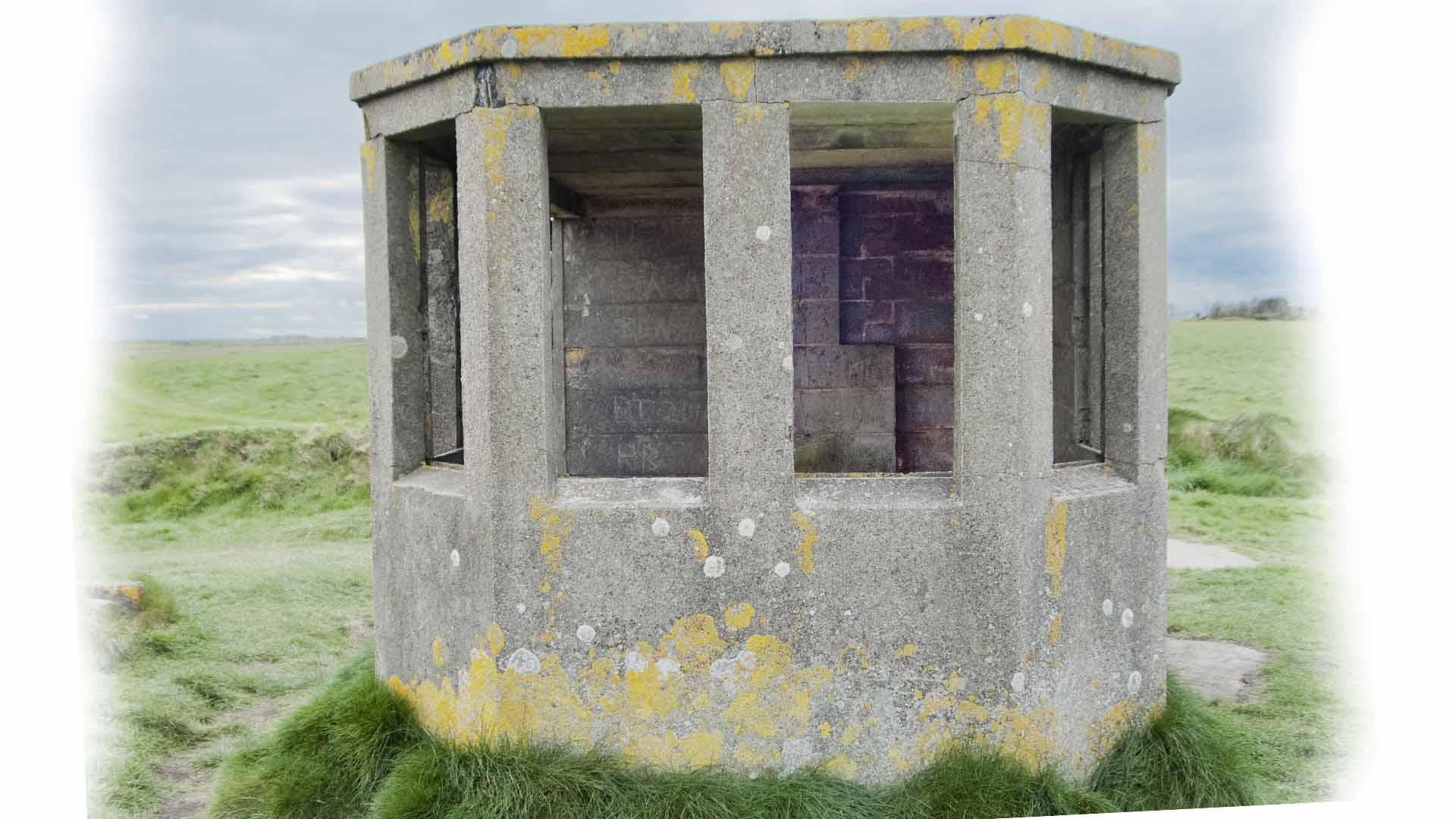
This single-story, single room lookout was constructed by the Irish Government in one day in 1940. It was used during World War 2 by coast watch personnel to log all ships and aircraft which passed Ardmore. It had a telephone connection to Ardmore post office to warn of any dangers.
This single-story, single room lookout was constructed by the Irish Government in one day in 1940. It was used during World War 2 by coast watch personnel to log all ships and aircraft which passed Ardmore. It had a telephone connection to Ardmore post office to warn of any dangers.
St. Declan’s Stone
St. Declan’s Stone
Geologically different from other rocks in the area, St. Declan’s Stone according to ancient folklore, miraculously floated across the ocean, carrying St. Declan’s Bell after his servant forgot to pack it. he decreed that wherever the stone came to rest, would be the place, where he would set his Episcopal residence and hence Ardmore became Irelands first Christian settlement in the early 5th century.
Geologically different from other rocks in the area, St. Declan’s Stone according to ancient folklore, miraculously floated across the ocean, carrying St. Declan’s Bell after his servant forgot to pack it. he decreed that wherever the stone came to rest, would be the place, where he would set his Episcopal residence and hence Ardmore became Irelands first Christian settlement in the early 5th century.
Numerous healing virtues are attributed to it and it is a place of special interest on St. Declan’s Patron Day, July 24th each year.
Numerous healing virtues are attributed to it and it is a place of special interest on St. Declan’s Patron Day, July 24th each year.
The SS Folia
The SS Folia
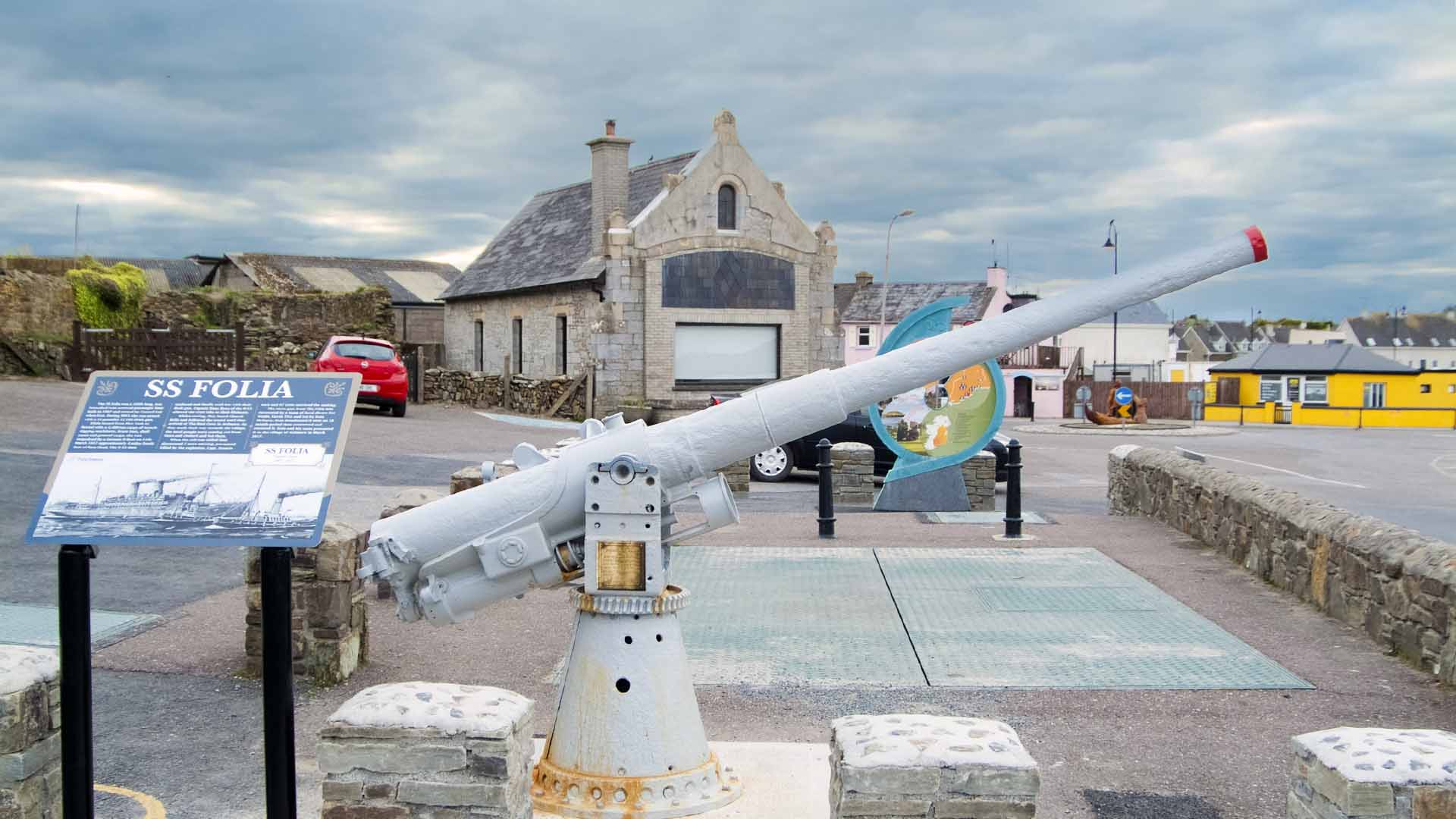
The SS Folia was a 430ft long, two funnelled twin screwed passenger liner built in 1907 and owned by Cunard Ltd when lost. During WW1 she was armed with a 12 pounder 12 cwt stern gun. While bound from New York to Bristol with a 4,400-ton cargo of trench digging machinery, brass bars, shell cases and general cargo, she was torpedoed by a German U-Boat on 11th March 1917 approximately 4 miles South East of Ram Head. The U-53 surfaced and finally sank her with their deck gun. Captain Hans Rose of the U-53 allowed the crew to take to their lifeboats. Whilst rowing, they heard Church Bells and followed the sound until they arrived at The Boat Cove in Ardmore. As they made their way towards the village, the local people were coming out from Mass and clothed and fed them. When the roll was called they discovered 7 were missing, presumed killed by the explosion. Capt. Francis Inch and 67 crew survived the sinking. The stern gun from The Folia was recovered by a team of local divers Pat Waide, Gavin Tivy and led by Eoin Mc Garry. Eoin desalinated it over an 18 month period then conserved and restored it. Eoin and his team presented it to the village of Ardmore in March 2017.
The SS Folia was a 430ft long, two funnelled twin screwed passenger liner built in 1907 and owned by Cunard Ltd when lost. During WW1 she was armed with a 12 pounder 12 cwt stern gun. While bound from New York to Bristol with a 4,400-ton cargo of trench digging machinery, brass bars, shell cases and general cargo, she was torpedoed by a German U-Boat on 11th March 1917 approximately 4 miles South East of Ram Head. The U-53 surfaced and finally sank her with their deck gun. Captain Hans Rose of the U-53 allowed the crew to take to their lifeboats. Whilst rowing, they heard Church Bells and followed the sound until they arrived at The Boat Cove in Ardmore. As they made their way towards the village, the local people were coming out from Mass and clothed and fed them. When the roll was called they discovered 7 were missing, presumed killed by the explosion. Capt. Francis Inch and 67 crew survived the sinking. The stern gun from The Folia was recovered by a team of local divers Pat Waide, Gavin Tivy and led by Eoin Mc Garry. Eoin desalinated it over an 18 month period then conserved and restored it. Eoin and his team presented it to the village of Ardmore in March 2017.

Waterford Greenway
Waterford Greenway
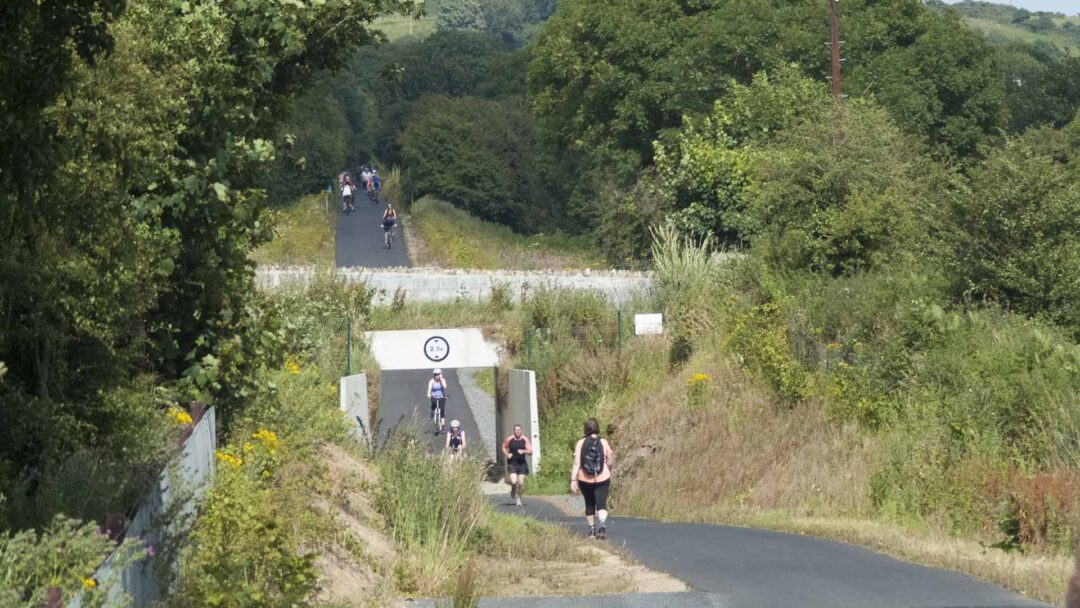

The Great Eastern Greenway
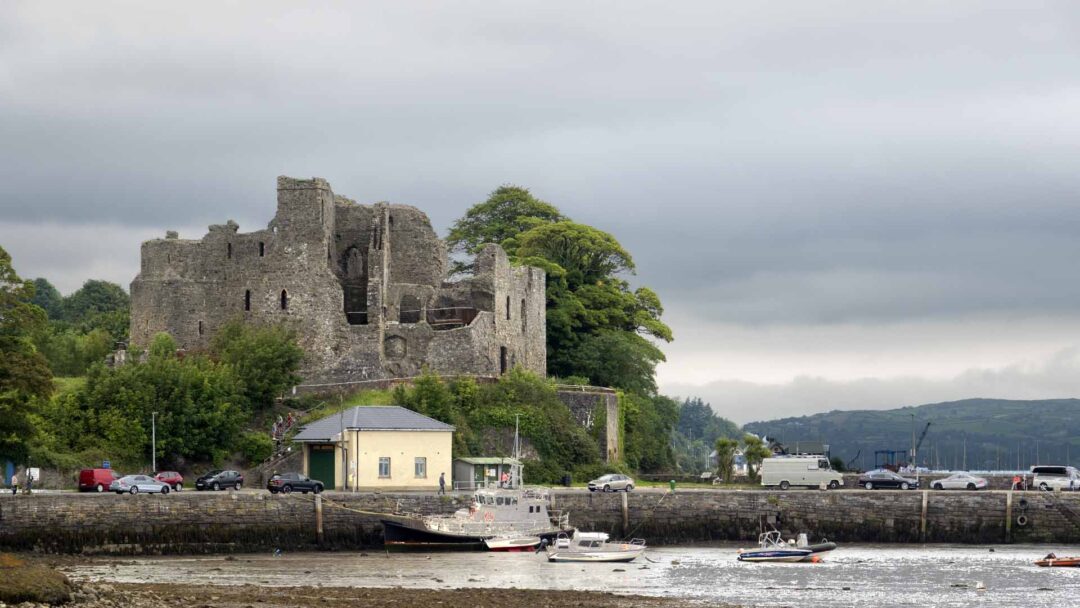

Tralee to Fenit Greenway


The Limerick Greenway
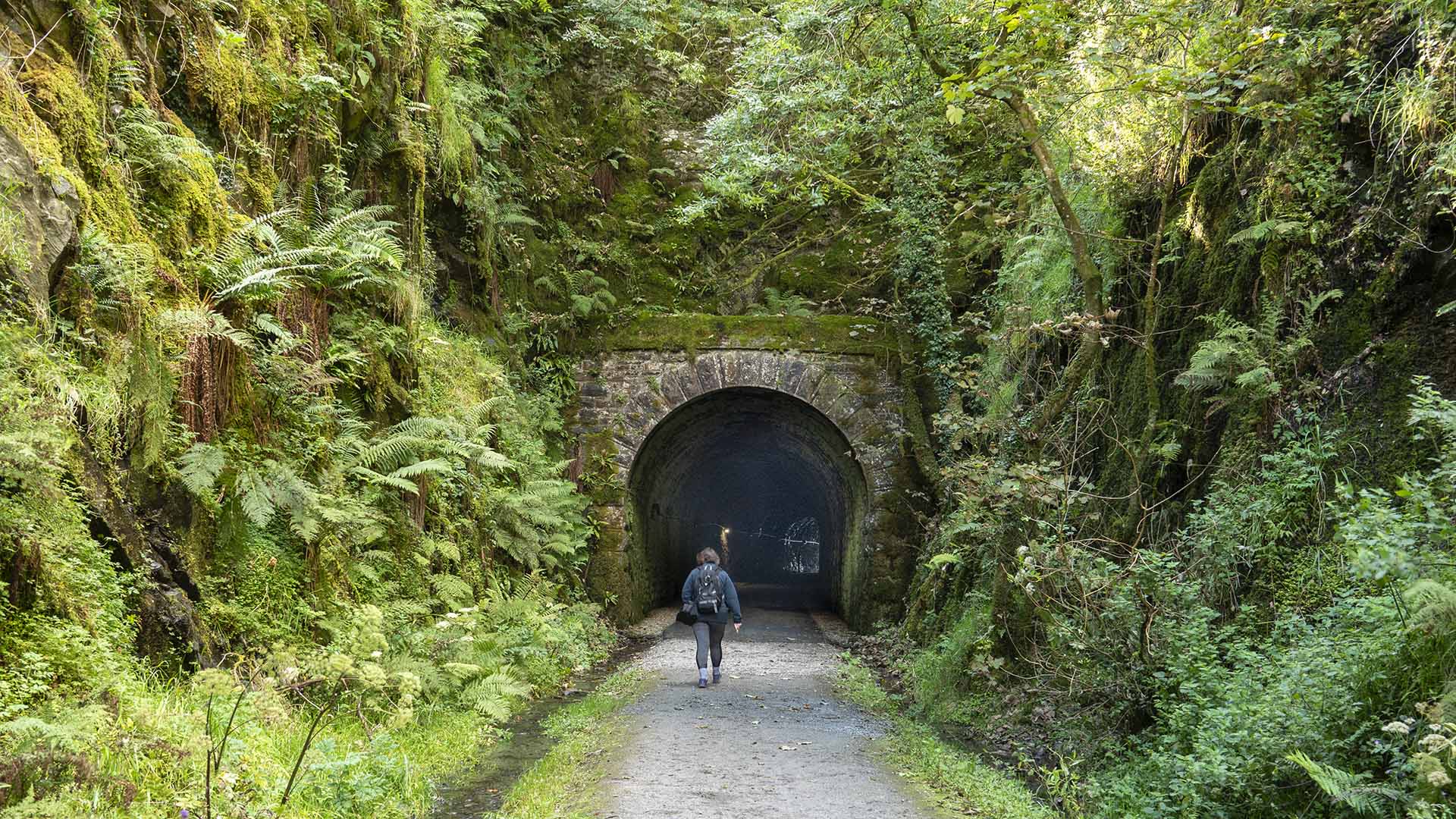

The Royal Canal Greenway
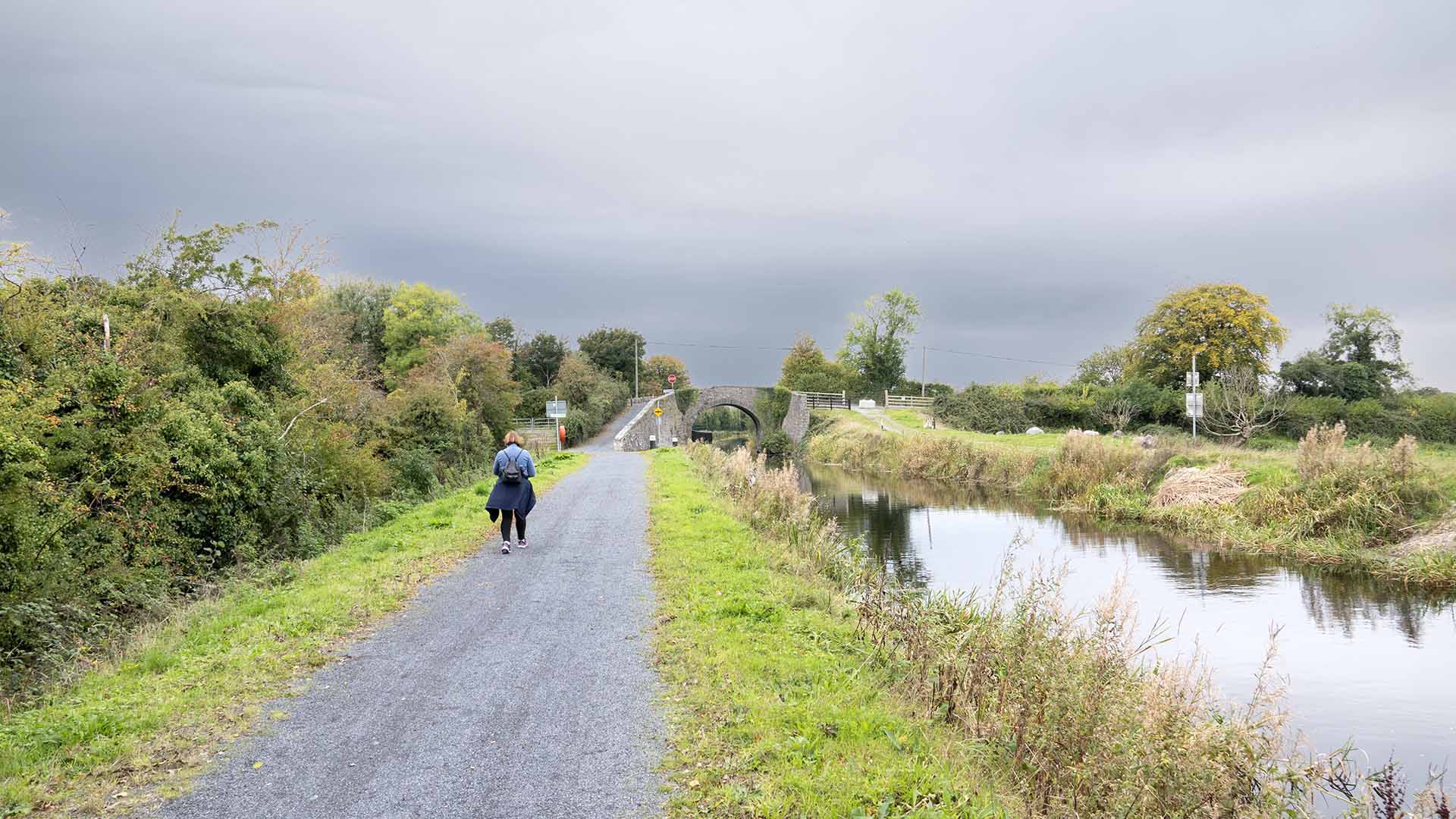

The Cork Harbour Greenway


